


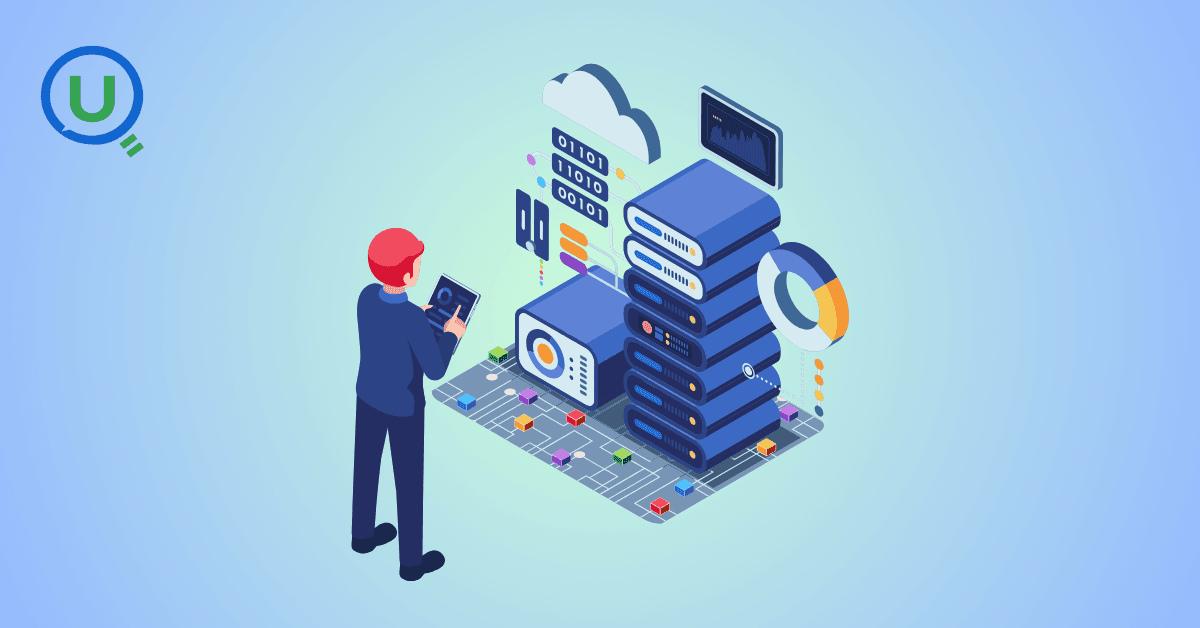
Modern engineering teams rely heavily on data to design, build, test, and improve their products and systems. This data includes everything from CAD files and test results to simulation outputs, software versions, and compliance records. Without a structured system to manage all this information, organizations risk confusion, inefficiency, and even compliance issues.
Engineering data management refers to the process of organizing, storing, tracking, and sharing engineering-related data so that teams can work efficiently and make informed decisions. As engineering projects grow in complexity, having a robust data management strategy is no longer optional — it is essential.
This article outlines nine essential steps to help organizations set up effective engineering data management processes that support team collaboration, reduce errors, and ensure long-term data integrity.
Before selecting tools or building processes, it is important to understand the purpose behind engineering data management in your organization. Ask key questions such as:
What business problems are we trying to solve?
Who will use the data, and for what purpose?
What are the key pain points in our current data management workflow?
Defining clear goals helps you focus your efforts and ensures that your data management practices align with business and engineering needs.
Start by identifying and reviewing the data your teams are already working with. This includes:
Design files (CAD, schematics, etc.)
Test and simulation data
Software repositories
Supplier or vendor documents
Once identified, classify the data by its importance, format (structured or unstructured), and usage frequency. This audit lays the foundation for deciding what to keep, archive, or migrate to a new system.
One of the most common problems in engineering teams is data being scattered across various locations — local drives, email attachments, shared folders, or legacy systems.
Create a centralized, secure repository where all engineering data can be stored and accessed. The system should support:
Easy search and retrieval
Role-based access control
Integration with design, simulation, and documentation tools
Centralizing your data improves visibility, prevents duplication, and enhances collaboration across departments.
Effective engineering data management requires clearly defined policies on data ownership and governance. This includes:
Assigning owners for each data category or file type
Establishing naming conventions and versioning standards
Outlining rules for creating, updating, reviewing, and deleting data
Having structured policies ensures accountability and reduces the risk of errors caused by unapproved changes or outdated files.
Manual data entry and file saving can lead to inconsistencies and loss of information. Automation helps streamline these processes and ensures data integrity.
Use tools that:
Automatically track versions of files
Capture metadata such as author, date, and status
Integrate with design software and testing systems for direct data logging
Automation not only reduces the workload for engineers but also supports traceability and audit readiness.
In engineering projects, different team members — such as designers, analysts, quality engineers, and suppliers — need access to different types of data.
Implement role-based access control to ensure that users only see the data they need. Additionally, your system should support:
Secure data sharing with internal and external stakeholders
Commenting or annotation features within files
Real-time collaboration without compromising data security
This ensures smooth communication while protecting sensitive information.
To avoid creating data silos, engineering data management systems should integrate with other key platforms such as:
Product Lifecycle Management (PLM)
Enterprise Resource Planning (ERP)
Software version control systems (e.g., Git)
Manufacturing and testing platforms
Integration helps maintain a consistent flow of data across the product lifecycle and provides full visibility into engineering processes.
In industries where compliance and traceability are important, knowing how and when data was created or modified is critical.
Your system should maintain audit logs that capture:
The source of each data file
All updates and who made them
Dependencies and links between data sets
Tracking data lineage ensures that you can confidently respond to audits, identify root causes of issues, and maintain quality control.
Even the best tools and systems will fail without proper adoption. Training and cultural change are key to long-term success in engineering data management.
Steps to consider:
Provide hands-on training on tools and processes
Encourage teams to follow naming, versioning, and access policies
Assign data champions in each department
Regularly review processes and collect user feedback for improvements
Creating a culture that values good data practices ensures sustainability and long-term benefits.
Many forward-thinking companies have experienced impressive improvements after adopting Engineering Data Management (EDM) systems. By organizing, centralizing, and streamlining their technical data, they’ve not only saved time but also improved collaboration, product quality, and decision-making.
Take General Electric (GE) for example. GE implemented an EDM system to manage their massive volumes of engineering data across departments. The result? They reduced unplanned downtime by nearly 20% by having better visibility into machine performance and maintenance data. Their teams could collaborate faster, find accurate information instantly, and reduce errors during product development.
BMW also saw major gains. The automobile giant used EDM to ensure all design and manufacturing teams had access to the latest versions of technical documents. This helped them cut down on production delays, improve product consistency, and enhance innovation speed—leading to faster time-to-market.
Even smaller companies in aerospace and electronics have leveraged EDM tools to avoid miscommunication, improve compliance with industry regulations, and protect sensitive design files. These companies report up to 30% fewer errors in product development due to better data control and version tracking.
These success stories show that Engineering Data Management isn’t just for big corporations—it’s a powerful solution for any business looking to increase efficiency, reduce costly mistakes, and stay competitive in a fast-paced world. With the right EDM strategy, transformation is not just possible—it’s achievable.
Engineering data is one of the most valuable assets a company has — but only if it is managed correctly. Implementing a strong engineering data management strategy enables faster product development, better collaboration, improved decision-making, and reduced risk.
The nine steps outlined in this article provide a practical and structured way to begin or improve your data management journey. Whether you are a startup scaling your engineering team or a large enterprise managing complex product lines, these best practices will help turn your data into a competitive advantage.
At Enqurious, we specialize in helping engineering and data teams build future-ready capabilities through hands-on learning and real-world problem-solving. Our AI-powered, lab-integrated training programs are designed to simulate actual industry challenges — including engineering data management scenarios — so your teams can build the skills they need to succeed.
If you're looking to upskill your engineering team or establish a strong foundation in engineering data practices, we’re here to help.

Passed the Databricks Gen AI Associate Certification with 56 questions in 90 minutes! Here's my honest experience, preparation strategy, time management tricks, and the exact resources that helped me succeed. Real insights for aspiring certificants.

A practical walkthrough of how I reduced heavy batch workloads using Change Data Feed (CDF) in Databricks. This blog shows how CDF helps process only updated records, cutting compute costs and boosting pipeline efficiency.

I dropped a table in Snowflake, then queried to verify it was gone. The system said it doesn't exist, but also showed it consuming 3.57 MB. That contradiction led me down a rabbit hole of metadata delays, missing commands, and hidden costs. Here's what I discovered.
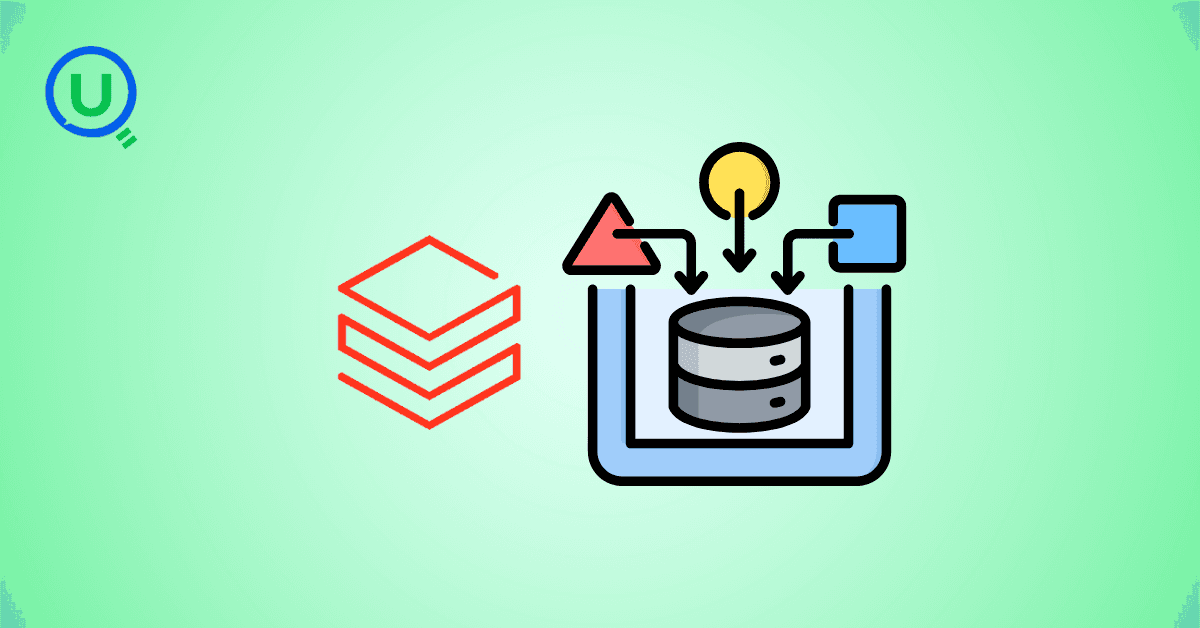
The AI industry has a security problem: data scientists aren't trained in security, ML engineers are working with black-box models, and security pros don't understand GenAI. Learn about the frameworks and tools bridging this gap—from Llama Guard to Databricks' safety features.

Why DELETE isn’t enough under GDPR, and how Time Travel can make sensitive data reappear unless VACUUM is used correctly.

This blog shares my personal journey into Snowflake Gen AI, from early confusion to hands-on clarity. It offers practical study tips, common pitfalls, and guidance to help you prepare effectively and understand Snowflake’s evolving AI capabilities.

Started scrolling Instagram at 2 AM. Saw Cloudflare memes. Fell down a 4-hour research rabbit hole. Discovered that AND database = 'default' could have prevented the whole thing. My sleep schedule is ruined but at least I understand distributed systems now.

Discover the top 10 data pipeline tools every data engineer should know in 2025. From Airflow to Fivetran, learn how each tool powers modern data workflows, supports real-time analytics, and scales across cloud ecosystems.
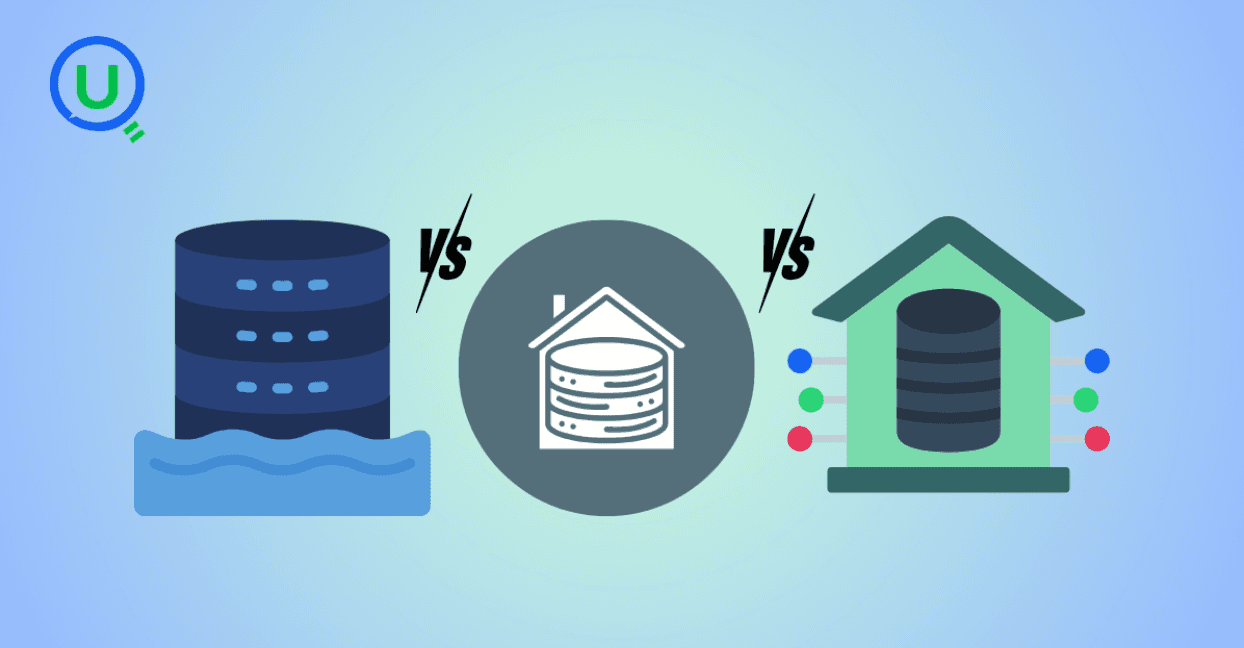
Confused between a data lake, data warehouse, and data mart? Discover key differences, real-world use cases, and when to use each architecture. Learn how to build a modern, layered data strategy for scalability, governance, and business insights.

Explore what syntax means in the world of data and AI—from SQL and Python to JSON and APIs. Learn why syntax matters, common errors, real-world examples, and essential best practices for data engineers, analysts, and AI developers in 2025.
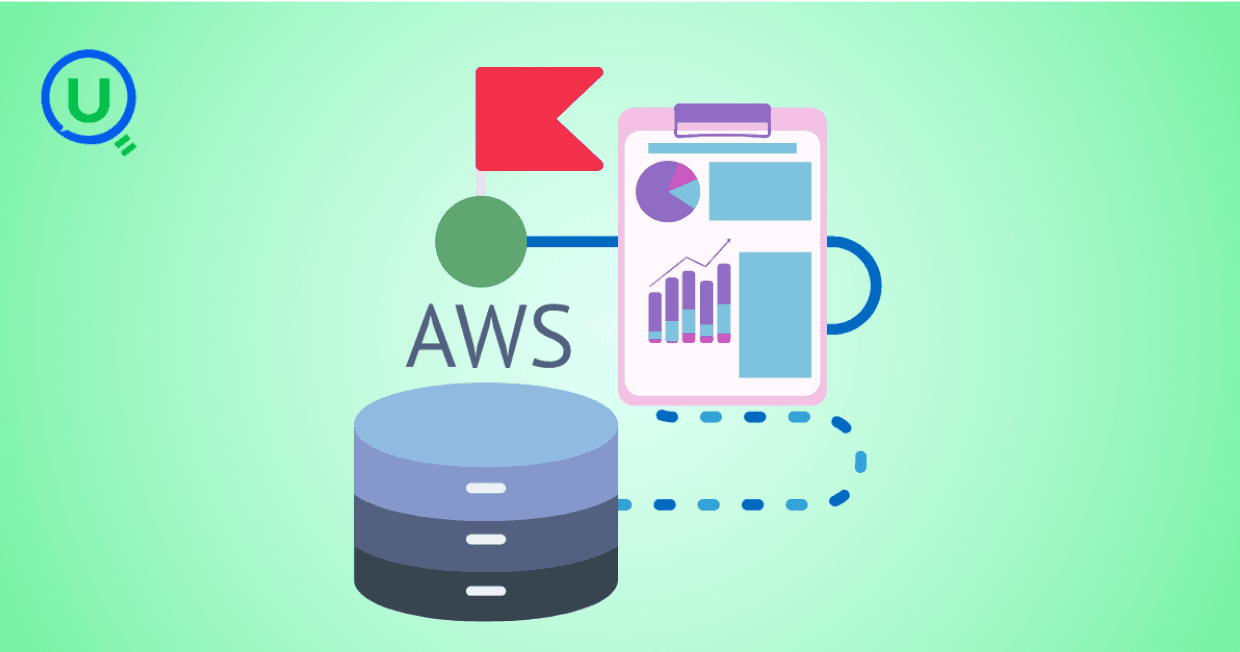
Discover how AWS Data Pipeline helps automate data movement and transformation across AWS services like S3, Redshift, and EMR. Learn its key features, benefits, limitations, and how it compares to modern tools like AWS Glue and MWAA.

Learn how to build scalable and secure data pipeline architectures in 2024 with best practices, modern tools, and intelligent design. Explore key pillars like scalability, security, observability, and metadata tracking to create efficient and future-proof data workflows.
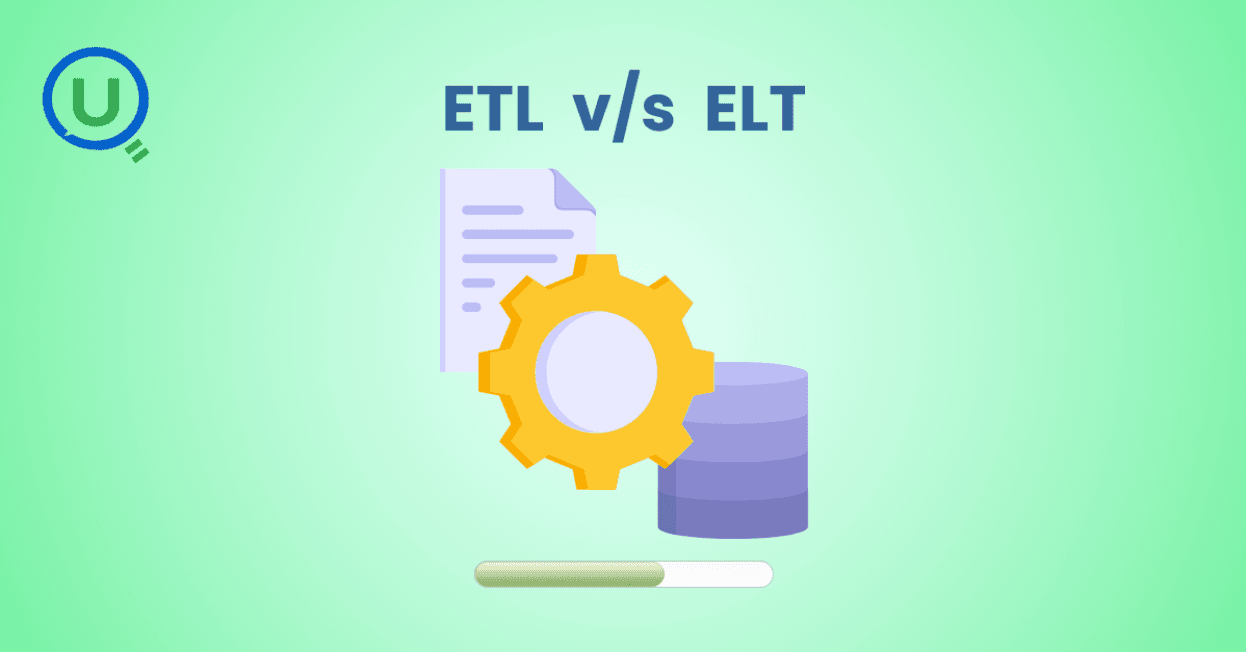
Explore the key differences between ETL and ELT data integration methods in this comprehensive guide. Learn when to choose each approach, their use cases, and how to implement them for efficient data pipelines, real-time analytics, and scalable solutions.
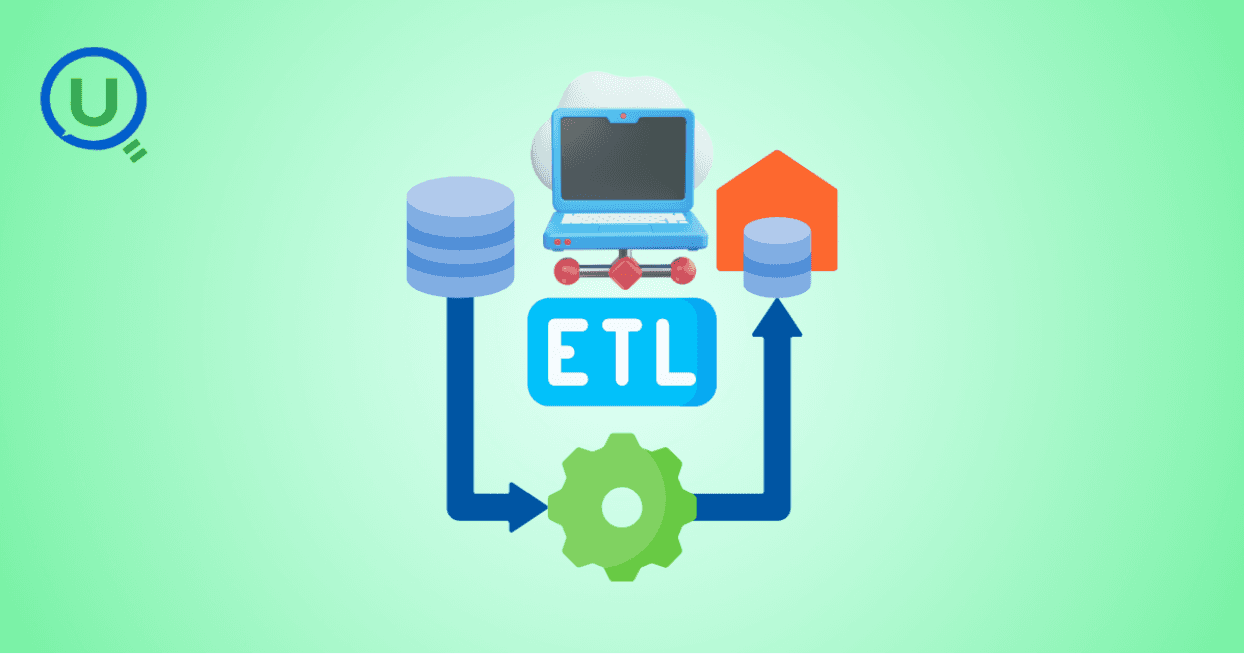
Learn the essential role of ETL (Extract, Transform, Load) in data engineering. Understand the three phases of ETL, its benefits, and how to implement effective ETL pipelines using modern tools and strategies for better decision-making, scalability, and data quality.

Discover why data orchestration and analysis are essential for modern data systems. Learn how automation tools streamline data workflows, boost insights, and scale with your business

Learn what a data ingestion pipeline is, why it's vital for modern analytics, and how to design scalable, real-time pipelines to power your data systems effectively.

Discover the top 15 data warehouse tools for scalable data management in 2024. Learn how to choose the right platform for analytics, performance, and cost-efficiency.

Confused between a data mart and a data warehouse? Learn the key differences, use cases, and how to choose the right data architecture for your business. Explore best practices, real-world examples, and expert insights from Enqurious.

Discover the top 10 predictive analytics tools to know in 2025—from SAS and Google Vertex AI to RapidMiner and H2O.ai. Learn why predictive analytics is essential for modern businesses and how to choose the right tool for your data strategy.

Explore the key differences between descriptive and predictive analytics, and learn how both can drive smarter decision-making. Discover how these analytics complement each other to enhance business strategies and improve outcomes in 2025 and beyond.

Explore the key differences between predictive and prescriptive analytics, and learn how both can drive smarter decisions, enhance agility, and improve business outcomes. Discover real-world applications and why mastering both analytics approaches is essential for success in 2025 and beyond.

Compare PostgreSQL vs SQL Server in this comprehensive guide. Learn the key differences, strengths, and use cases to help you choose the right database for your business needs, from cost to performance and security.

Learn what Power BI is and how it works in this beginner's guide. Discover its key features, components, benefits, and real-world applications, and how it empowers businesses to make data-driven decisions.

Explore what a Business Intelligence Engineer does—from building data pipelines to crafting dashboards. Learn key responsibilities, tools, and why this role is vital in a data-driven organization.
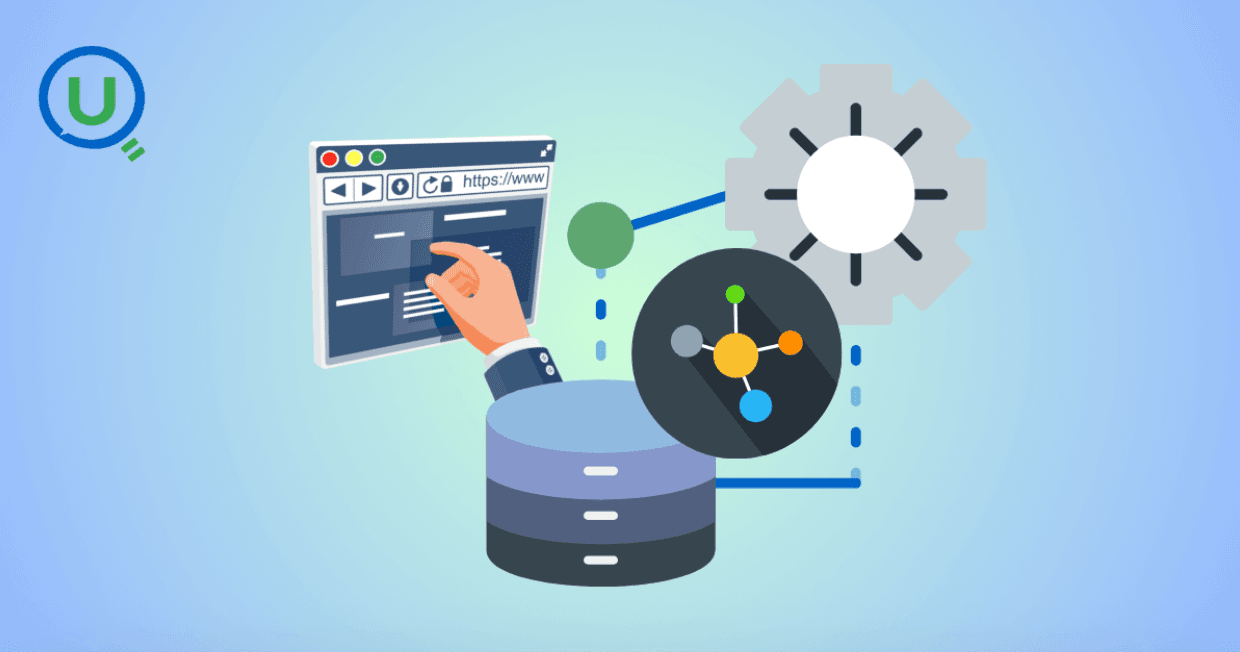
Discover why data lineage is essential in today’s complex data ecosystems. Learn how it boosts trust, compliance, and decision-making — and how Enqurious helps you trace, govern, and optimize your data journeys.
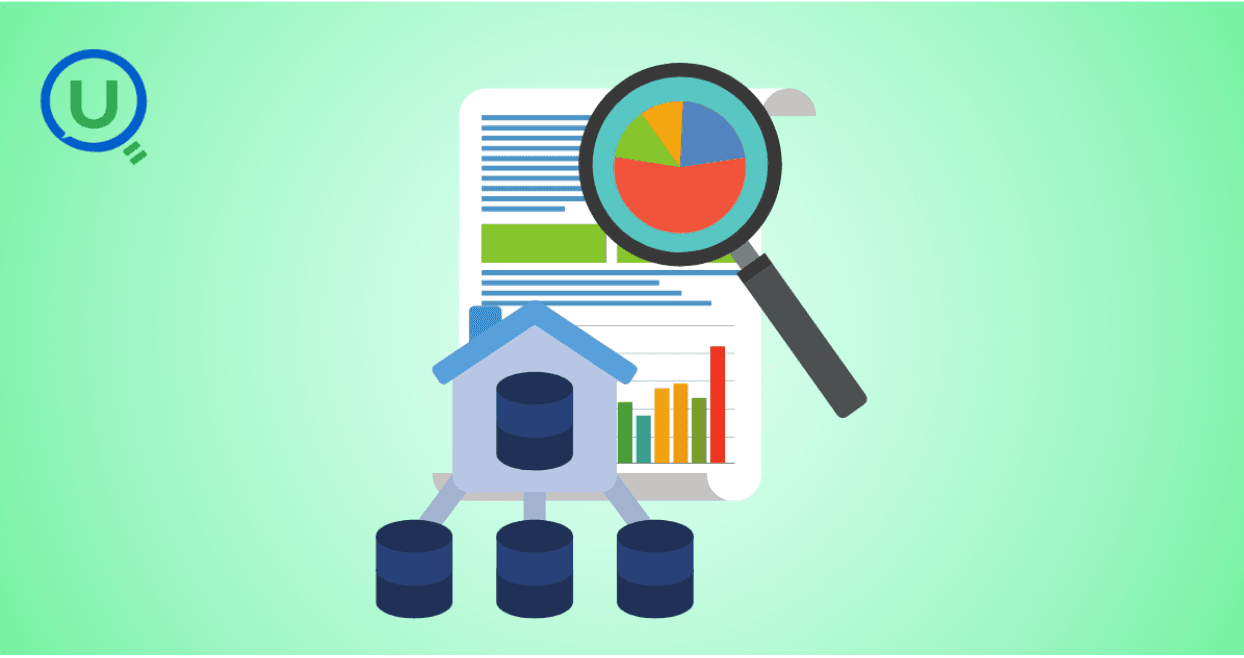
Learn what a data mart is, its types, and key benefits. Discover how data marts empower departments with faster, targeted data access for improved decision-making, and how they differ from data warehouses and data lakes.

Master data strategy: Understand data mart vs data warehouse key differences, benefits, and use cases in business intelligence. Enqurious boosts your Data+AI team's potential with data-driven upskilling.
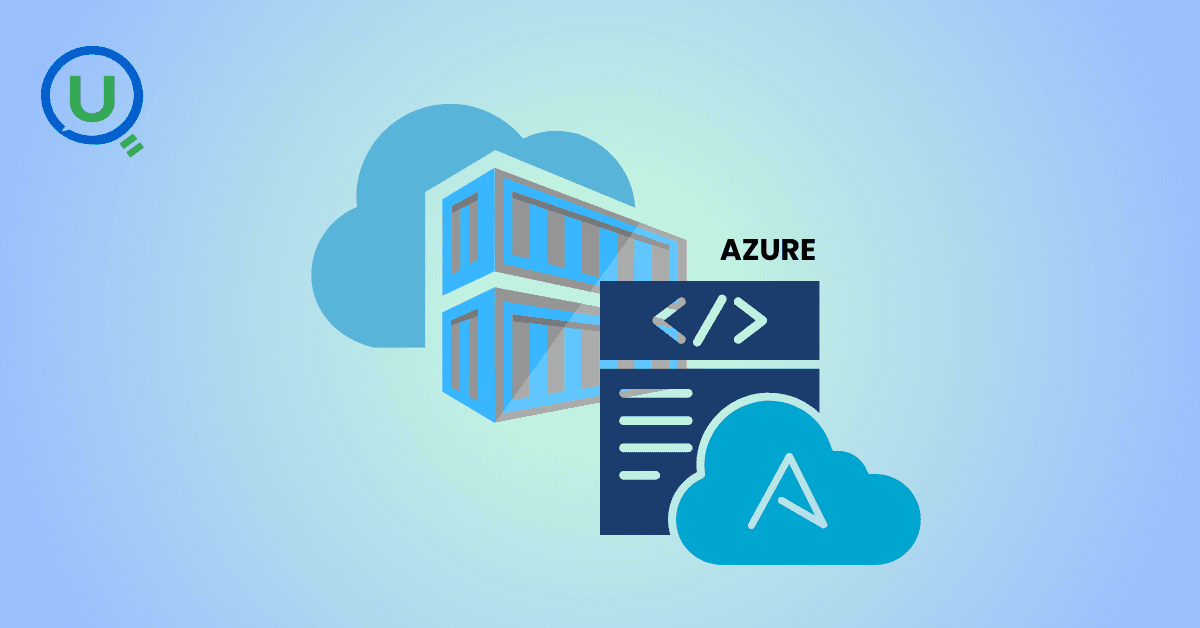
Learn what Azure Data Factory (ADF) is, how it works, and why it’s essential for modern data integration, AI, and analytics. This complete guide covers ADF’s features, real-world use cases, and how it empowers businesses to streamline data pipelines. Start your journey with Azure Data Factory today!
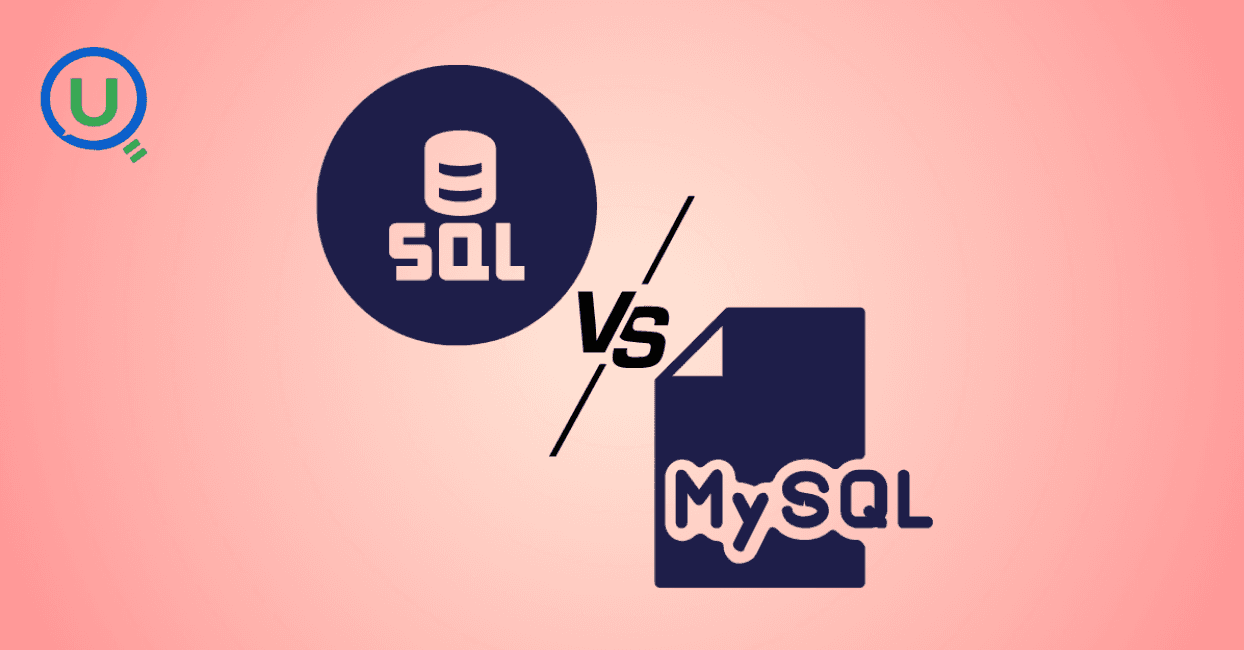
Discover the key differences between SQL and MySQL in this comprehensive guide. Learn about their purpose, usage, compatibility, and how they work together to manage data. Start your journey with SQL and MySQL today with expert-led guidance from Enqurious!

Learn Power BI from scratch in 2025 with this step-by-step guide. Explore resources, tips, and common mistakes to avoid as you master data visualization, DAX, and dashboard creation. Start your learning journey today with Enqurious and gain hands-on training from experts!

AI tools like ChatGPT are transforming clinical data management by automating data entry, enabling natural language queries, detecting errors, and simplifying regulatory compliance. Learn how AI is enhancing efficiency, accuracy, and security in healthcare data handling.
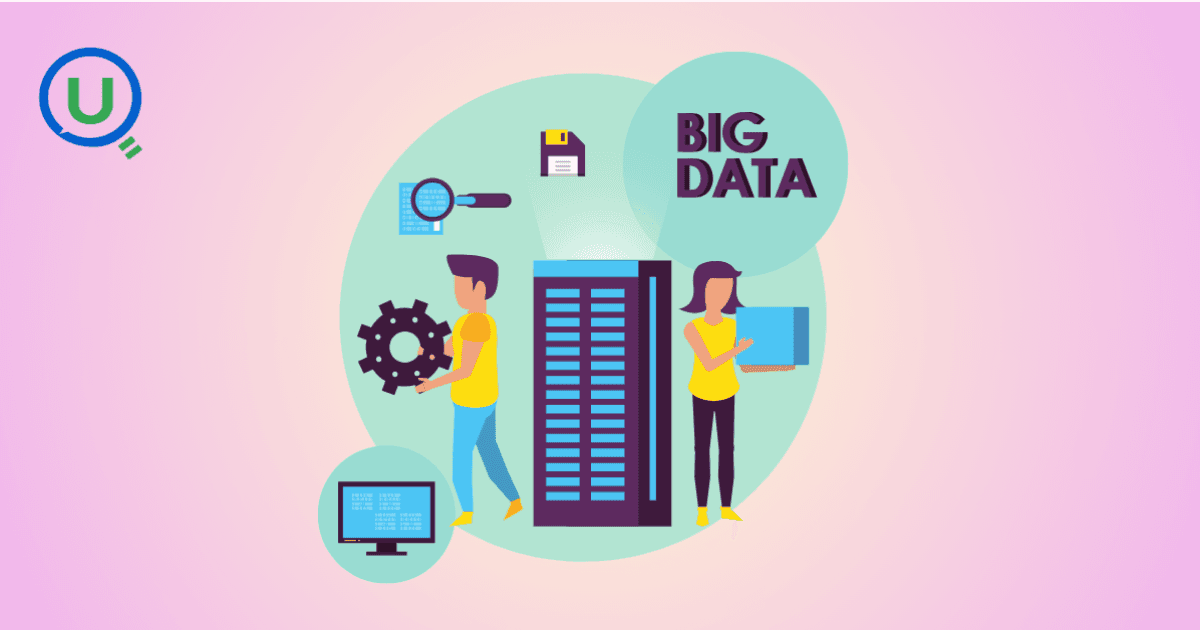
Big Data refers to large, complex data sets generated at high speed from various sources. It plays a crucial role in business, healthcare, finance, education, and more, enabling better decision-making, predictive analytics, and innovation.

Discover the power of prompt engineering and how it enhances AI interactions. Learn the key principles, real-world use cases, and best practices for crafting effective prompts to get accurate, creative, and tailored results from AI tools like ChatGPT, Google Gemini, and Claude.

Learn what a Logical Data Model (LDM) is, its key components, and why it’s essential for effective database design. Explore how an LDM helps businesses align data needs with IT implementation, reducing errors and improving scalability.

Discover the power of a Canonical Data Model (CDM) for businesses facing complex data integration challenges. Learn how CDM simplifies communication between systems, improves data consistency, reduces development costs, and enhances scalability for better decision-making.

Discover the 10 essential benefits of Engineering Data Management (EDM) and how it helps businesses streamline workflows, improve collaboration, ensure security, and make smarter decisions with technical data.

Explore how vibe coding is transforming programming by blending creativity, collaboration, and technology to create a more enjoyable, productive, and human-centered coding experience.
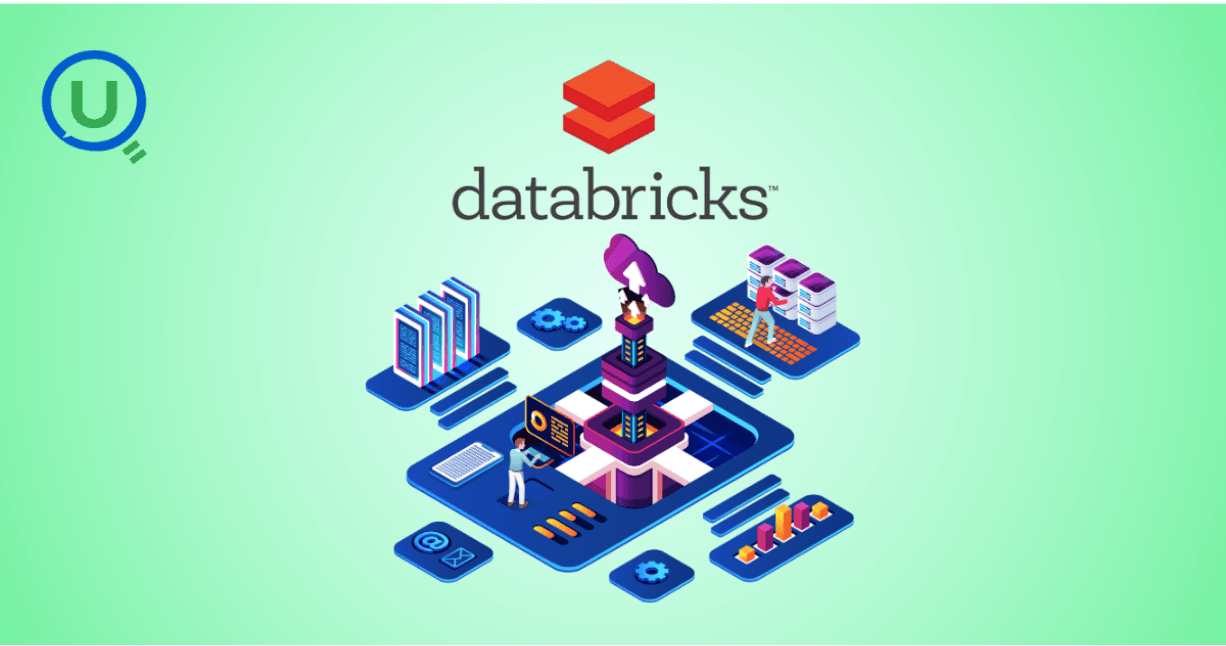
Learn how Azure Databricks empowers data engineers to build optimized, scalable, and reliable data pipelines with features like Delta Lake, auto-scaling, automation, and seamless collaboration.

Explore the top 10 data science trends to watch out for in 2025. From generative AI to automated machine learning, discover how these advancements are shaping the future of data science and transforming industries worldwide.

Discover the key differences between data scientists and data engineers, their roles, responsibilities, and tools. Learn how Enqurious helps you build skills in both fields with hands-on, industry-relevant learning.

Azure Databricks is a cloud-based data analytics platform that combines the power of Apache Spark with the scalability, security, and ease of use offered by Microsoft Azure. It provides a unified workspace where data engineers, data scientists, analysts, and business users can collaborate.

In today's data-driven world, knowing how to make sense of information is a crucial skill. We’re surrounded by test scores, app usage stats, survey responses, and sales figures — and all this raw data on its own isn’t helpful.

In this blog, we will discuss some of the fundamental differences between AI inference vs. training—one that is, by design, artificially intelligent.

This guide provides a clear, actionable roadmap to help you avoid common pitfalls and successfully earn your SnowPro Core Certification, whether you’re making a career pivot or leveling up in your current role.

"Ever had one of those days when you’re standing in line at a store, waiting for a sales assistant to help you find a product?" In this blog we will get to know about -What is RAG, different types of RAG Architectures and pros and cons for each RAG.

Discover how Databricks and Snowflake together empower businesses by uniting big data, AI, and analytics excellence

How do major retailers like Walmart handle thousands of customer queries in real time without breaking a sweat? From answering questions instantly to providing personalized shopping recommendations, conversational AI reshapes how retailers interact with their customers.